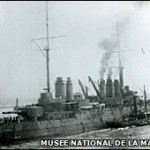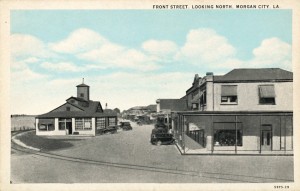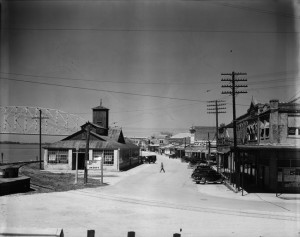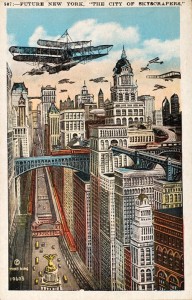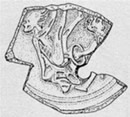The Danton was a 19,000-ton French battleship sunk by German U-boat torpedoes 18 March, 1917. It went down with 296 souls, including the captain, who reputedly stood firm on the bridge as the ship sank. The rest of its 1000-man were rescued by patrol boats and a destroyer in the area.
A consortium surveying the Mediterranean for a gas pipeline between Algeria and Italy has found the wreck southwest of Sardinia, and it’s in amazingly good condition considering that it was hit by two torpedoes, spun around a couple of times and gouged a wedge out of the seabed before finally landing where it now stands, upright, gun turrets intact.
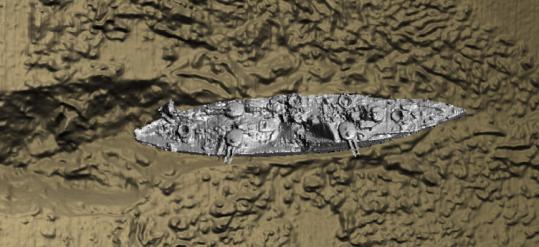
“Its condition is extraordinary,” said Rob Hawkins, project director with Fugro GeoConsulting Limited.
“After it was hit by the torpedoes, the Danton clearly turned turtle and rotated several times. You can see where it dropped some infrastructure on the way down and then impacted on the seabed.
“You can see where it slid along the seabed before coming to a rest,” he told BBC News.
The French government wants the site to be protected, and thankfully the gas folks are moving the planned trajectory of the pipeline so it doesn’t disturb the Danton or the area around it.
You can see footage of the wreck taken by the Fugro robots at the BBC link.
The Danton now and then:

